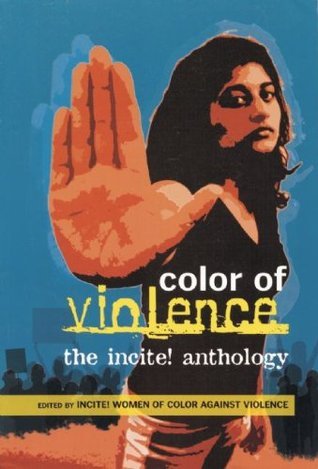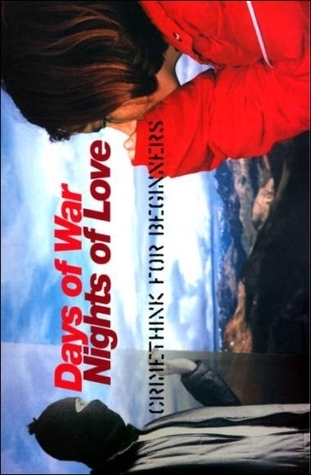
The Color of Violence: The Incite! Anthology
Book Description
A storm brews as voices rise from the margins, weaving a tapestry of resilience and resistance. *The Color of Violence* is a powerful anthology that unearths the raw realities faced by marginalized women of color, exploring the intersections of race, gender, and violence with unflinching honesty. Each contribution ignites a fierce conversation, challenging societal norms and demanding change in an often-silenced dialogue. Heart-wrenching stories and bold testimonies weave through these pages, revealing the indomitable spirit that refuses to be stifled. Will these voices spark the revolution needed to confront the urgent crises of our time?
Quick Book Summary
The Color of Violence: The Incite! Anthology brings together essays, testimonies, and analyses from women of color activists, scholars, and organizers. The anthology rigorously examines how systemic violence entwines with race, gender, class, and sexuality. By centering the lived experiences of marginalized women, it fiercely critiques the mainstream anti-violence movement’s reliance on the criminal justice system—a system shown to perpetuate rather than end violence. Through grounded stories and radical visions, contributors illustrate the limits of traditional responses to violence, propose alternative frameworks rooted in community accountability, and call for movements that embrace collective liberation. This anthology is both a rallying cry and a blueprint for envisioning justice beyond carceral solutions, embodying resilience, resistance, and the urgent demand for transformative change.
Summary of Key Ideas
Table of Contents
The Intersection of Systemic Oppression and Violence
The Color of Violence foregrounds the intersecting systems of oppression that shape the experiences of women of color. Contributors argue that violence cannot be understood in isolation from broader dynamics of racism, colonialism, classism, and heteropatriarchy. Essays dissect how state-sanctioned and interpersonal violence reinforce each other, showing how structural inequalities make women of color uniquely vulnerable. The anthology challenges readers to see violence as embedded in social, economic, and political systems rather than just as individual acts.
Critique of the Criminal Justice System in Anti-Violence Work
A central critique throughout the anthology is the reliance on policing, prisons, and the criminal justice system as solutions to gender-based violence. Contributors highlight how these institutions often perpetuate harm against marginalized communities, particularly women of color, rather than offering genuine protection or accountability. The book presents harrowing examples of how state power criminalizes survivors and deepens cycles of abuse, advocating for a critical reassessment of mainstream anti-violence strategies that ignore these realities.
Reimagining Safety and Justice Through Community Responses
The anthology advances radical visions for safety and justice that move beyond punitive models. Contributors offer alternative frameworks rooted in community accountability and transformative justice. These approaches prioritize healing, restoration, and the addressing of root causes rather than punishment. Through practical examples and case studies, the book demonstrates how communities can resist violence while refusing to rely on oppressive state mechanisms, fostering environments where true safety and autonomy are possible.
Centering Marginalized Voices and Leadership
Centering the leadership and experiences of marginalized women of color is presented as an urgent political imperative. The anthology uplifts the voices of those often pushed to the margins in activist movements, emphasizing the need for intersectional approaches that address multiple axes of oppression. By documenting struggles and victories from grassroots organizers, the book illustrates how women of color are already enacting forms of resistance and collective care, building new possibilities for justice from the ground up.
Visioning Transformative Justice and Collective Liberation
Ultimately, The Color of Violence is a manifesto for transformative justice and collective liberation. It issues a call to break with traditional reformist models and imagine new ways of relating, healing, and organizing. Blending personal narratives, critical theory, and practical strategies, the anthology embodies a vibrant, urgent blueprint for confronting violence in all its forms. The contributors insist on a future where justice is not administered by the state, but cultivated collectively through solidarity, resourcefulness, and unwavering vision.
Download This Summary
Get a free PDF of this summary instantly — no email required.





